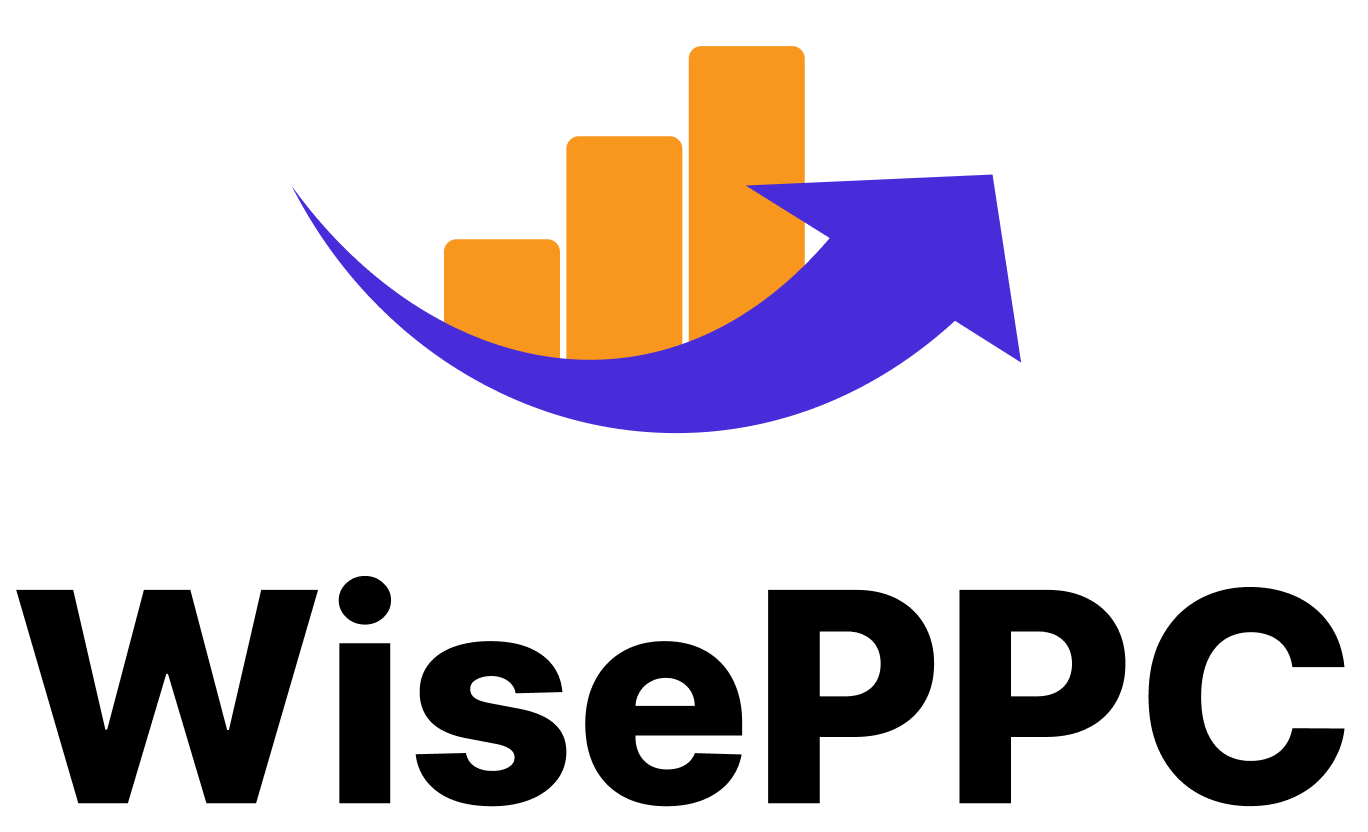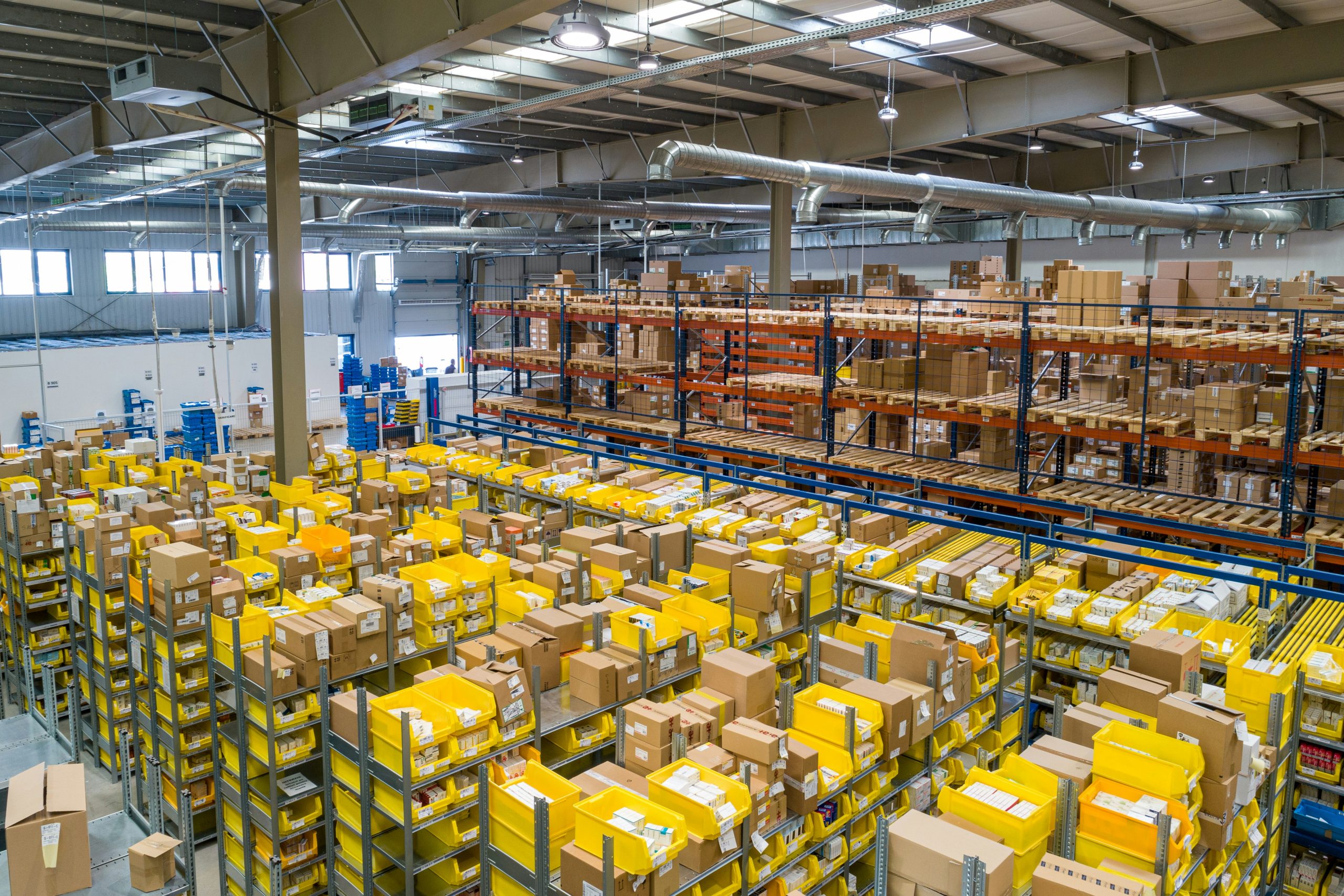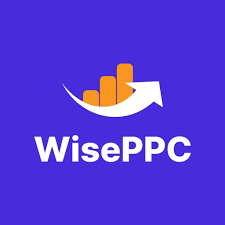What Is Amazon FBA: A Real Seller’s Guide
Amazon FBA (Fulfillment by Amazon) is one of the most popular ways to simplify logistics and boost sales on the world’s largest online marketplace. Whether you’re a first-time seller or looking to scale your ecommerce business, understanding how FBA works can save you time, reduce costs, and open the door to Amazon’s massive Prime customer base. In this guide, we’ll break down what Amazon FBA is, how it works, and why so many sellers rely on it to grow.
Why Everyone’s Talking About Amazon FBA
If you’re even remotely interested in ecommerce, you’ve probably heard the term “FBA” thrown around more times than you can count. It sounds fancy, maybe even a little technical, but at its core, it’s a very simple idea with big potential.
Amazon FBA, short for Fulfillment by Amazon, is a service that lets you outsource the most annoying parts of selling online: packing, shipping, customer service, returns, and more. You send your products to Amazon’s warehouses, and they take care of the rest.
Sounds easy, right? Well, yes and no. While it definitely simplifies your logistics, there are still important details to understand before jumping in. In this article, we’re going to break it all down. No fluff. No jargon. Just real talk on what FBA is, how it works, what it costs, and whether it’s the right move for your business.
What Is Amazon FBA, Really?
Fulfillment by Amazon is a logistics and customer service solution built into the Amazon platform. When you use FBA, you’re basically handing off your products to Amazon and letting them handle:
- Warehousing.
- Picking and packing.
- Shipping.
- Customer service.
- Returns and refunds.
So when a customer buys your product, Amazon ships it out. From the buyer’s point of view, it’s just like buying any regular Prime item from Amazon itself. They don’t see you behind the scenes, and frankly, they don’t care. They get their order fast and with the same policies they trust.
So, How Does Amazon FBA Work?
Let’s say you’re selling coffee mugs. Here’s what your process would look like with FBA:
- Create a seller account (Individual or Professional).
- List your coffee mugs on Amazon, and mark them for FBA.
- Prep your inventory to meet Amazon’s packing and labeling guidelines.
- Ship the mugs to Amazon’s fulfillment centers.
- Amazon stores your inventory and waits for orders.
- A customer places an order, Amazon packs and ships it.
- Amazon handles support, returns, and refunds if needed.
- You get paid, typically every 2 weeks.
The system is surprisingly hands-off once your products are checked into the warehouse. You can run the whole thing from your laptop on a beach if you want (and many people do).
What Makes FBA So Popular?
Amazon didn’t invent fulfillment, but they perfected it at scale. Sellers love FBA for a few solid reasons:
- Prime access: Your listings become eligible for Amazon Prime’s free two-day shipping.
- Higher visibility: FBA products often rank higher and win the Buy Box more frequently.
- Less manual work: No need to pack or ship orders yourself.
- 24/7 customer service: Amazon deals with customer complaints, refunds, and questions.
- Global reach: Your inventory can be sold internationally with minimal extra effort.
But it’s not just convenience. FBA can actually make you more money, especially if you’re trying to scale.
The Flip Side: What You Need to Watch Out For
FBA is powerful, but it’s not free, and it’s not magic. Here’s what to keep in mind:
- Fees add up fast: You’ll pay fulfillment and storage fees, and they can eat your margins if you’re not careful.
- Long-term storage is expensive: If your products don’t sell quickly, you’ll get hit with extra charges.
- Returns are common: Amazon’s generous return policy means you’ll see more returns than you might like.
- You lose packaging control: Your products ship in Amazon-branded boxes unless you join special programs.
- Strict prep rules: Get labeling or packaging wrong and your inventory might be delayed or rejected.
So while FBA removes some headaches, it introduces a few of its own.
Costs and Fees: What You’ll Actually Pay
Let’s talk numbers. Amazon FBA fees fall into a few buckets:
1. Fulfillment Fees
These are per-unit fees that cover picking, packing, shipping, and customer service.
Examples:
- Small standard-size items: $3.00 – $4.00 per unit
- Large standard-size items: $4.00 – $7.00 per unit
- Oversize or bulky items: $9.00 and up
2. Storage Fees
These are monthly fees based on the space your products occupy.
- January to September: Around $0.78 per cubic foot
- October to December: Up to $2.40 per cubic foot
- Long-term storage (181+ days): Higher fees apply
3. Extra Fees
- Returns processing.
- Removal or disposal fees.
- Unplanned prep service if your products aren’t prepped correctly.
Use Amazon’s FBA Revenue Calculator to run the math before you list anything. It’s not perfect, but it gives you a ballpark idea of your real profits.
FBM vs FBA vs Third-Party Fulfillment
If FBA isn’t the only option, why do so many sellers pick it? Let’s compare.
FBM (Fulfillment by Merchant)
You store, pack, and ship everything yourself.
Pros:
- Lower fees.
- More control.
- Easier to brand.
Cons:
- You do all the work.
- No Prime badge.
- Lower Buy Box chance.
Third-Party Fulfillment (3PL)
May not be Prime eligible unless enrolled in Seller Fulfilled Prime.
Pros:
- More flexible than FBA.
- Great for multichannel selling.
Cons:
- May not integrate as tightly with Amazon.
- Service levels vary.
- Still not Prime eligible.
FBA
You let Amazon do it all.
Pros:
- Prime shipping.
- Highest trust and visibility.
- Scalable.
Cons:
- Fees can be high.
- Less branding control.
For most new sellers, FBA is the easiest way to start, even if they switch later.
Getting Started with Amazon FBA: Step-by-Step
So you’re ready to give FBA a shot? Great choice. Let’s walk through how to get started without making it feel like you’re drowning in checkboxes.
1. Setting Up Your Seller Account
The first thing you’ll need is a seller account. Amazon gives you two options: Individual or Professional. If you’re just testing the waters with a few items, the Individual plan might be fine since you only pay when you make a sale. But if you plan to sell more than 40 items a month or want access to more tools and advertising features, the Professional account is worth the $39.99 monthly fee. It gives you more control and a better setup for scaling down the road.
2. Finding the Right Products to Sell
Product selection is where a lot of sellers either win or waste time. You’ll want something people actually want to buy, but without swimming in a sea of identical listings. Using tools can help you spot products with solid demand and low competition. Look for items that aren’t seasonal, are relatively light and small, and don’t require jumping through hoops to sell. If you’re new, avoid anything gated or highly regulated – you don’t need that stress starting out.
3. Creating Listings That Actually Convert
Your listing is your sales pitch, so don’t treat it like an afterthought. Keep your titles clean and keyword-focused, but still readable. You want shoppers to know what they’re buying, not get lost in a wall of buzzwords. Your bullet points should tell a story – what makes your product helpful, easy, or just plain better than the rest. And please, don’t forget the images. Clean, high-res photos that show the product in use can make the difference between a sale and a scroll. Let your tone sound human. You’re not writing a legal document – you’re trying to connect with a person.
4. Enrolling in FBA and Sending Inventory
Once your listing looks good, it’s time to flip the switch and enroll it in FBA. This means heading into Seller Central and selecting the FBA option. Amazon will walk you through how to prepare your inventory, and you’ll need to follow their packing and labeling rules carefully. If something’s off, your shipment might get delayed – or worse, rejected. After everything’s boxed and labeled, you’ll ship it to the fulfillment centers Amazon assigns. From there, they’ll take it off your hands and handle delivery when orders roll in.
5. Managing Inventory and Staying on Top of It
Once your product is live, your job isn’t over. You’ll need to keep an eye on your inventory and performance metrics. Amazon gives you a score called the Inventory Performance Index, or IPI. If that dips too low, they might limit how much inventory you can send. Pay attention to what’s selling, restock before you run out, and fix any issues with stranded or returned inventory as quickly as possible. The better you stay on top of this, the smoother your FBA experience will be.
Realistic Tips for New Sellers
Here’s some practical advice Amazon won’t put in the brochure:
- Start with a small batch: Don’t send 1,000 units if you’re still testing the product.
- Test pricing early: Slight changes can move the needle.
- Learn how to prep properly: Labeling mistakes cause costly delays.
- Track fees closely: They add up faster than you think.
- Use Amazon’s Partnered Carrier Program: It’s cheaper than shipping retail.
And maybe most importantly: treat it like a business, not a side hustle. If you want this to grow, track your data, watch your numbers, and plan like you’re building something long-term.
Is Amazon FBA Worth It in 2025?
If your goal is to reach more customers, sell more products, and spend less time in your garage surrounded by packing tape, yes. Amazon FBA can be a game-changer.
But if you want full control over branding, or you’re selling products with razor-thin margins or slow turnover, FBA might not be the best fit.
It’s not for every business. But for millions of sellers worldwide, it’s the most reliable and scalable way to grow on Amazon.
WisePPC: Smarter Ads and Sales Insights for FBA Sellers
If you’re using Amazon FBA, then you already know how powerful the platform is. But selling through FBA doesn’t automatically guarantee profitability. That’s where we come in. At WisePPC, we help sellers like you make smarter advertising decisions based on real, actionable data – not guesswork. Whether you’re running Sponsored Products campaigns or juggling multiple accounts, our platform lets you dig deep into performance, spot trends, and adjust your strategy fast.
We’re an Amazon Ads Verified Partner, which means we follow Amazon’s best practices and integrate directly with their systems. If you want to stop wasting ad spend, understand what’s really driving your sales (ads or organic), and scale with confidence, we at WisePPC are here to make that happen. Whether you’re just starting your FBA journey or managing hundreds of SKUs, our tools are built to grow with you.
Final Thoughts
Amazon FBA isn’t perfect, but it works. It’s helped countless people turn a product idea into a real income stream, and it continues to be the most accessible fulfillment solution for online sellers in 2025.
Like any tool, success depends on how you use it. If you do your homework, pick the right products, and stay on top of your operations, FBA can remove a lot of the friction in your ecommerce journey.
At the very least, it’s worth exploring.
FAQ
1. What does FBA actually include?
At its core, FBA covers storage, packing, shipping, returns, and customer service. You send your products in, and Amazon does the heavy lifting once someone places an order. That’s the short version – but there’s a whole system behind it that you’ll get familiar with as you go.
2. Is Amazon FBA only for big sellers?
Not at all. Plenty of smaller or newer sellers start with FBA because it lets them compete on a bigger stage without needing a warehouse or staff. You can absolutely start small and scale up later.
3. Can I still talk to my customers if I use FBA?
Not directly, at least not in the same way you would with your own site. Amazon controls most of the customer interaction. They handle returns and questions, which is great for convenience but not ideal if you want to build a super personal brand experience. It’s a trade-off.
4. How much does FBA cost per item?
That depends on your product’s size and weight. Small, lightweight stuff might cost you around $3 to $4 per unit. Larger or bulkier items? You’re looking at $6, $10, maybe more. It’s best to use the Amazon revenue calculator before you commit to a product.
5. What happens if my items don’t sell quickly?
If your inventory sits in Amazon’s warehouse too long, you’ll start racking up storage fees, especially after 6 months. That’s where smart forecasting, demand research, and regular monitoring come in. Letting stuff gather dust in FBA will eat into your margins fast.
6. Do I need a special license or business setup to use FBA?
You don’t need anything super official to start. A regular Amazon seller account will do, and you can start as an individual. That said, if you’re serious about turning this into a business, setting up an LLC and getting your taxes in order is a smart move.
7. Can I brand my packaging if I use FBA?
Usually, no. Most FBA orders go out in Amazon-branded packaging. If branded unboxing is important to you, you’ll need to look into programs like “Ships in Product Packaging” or handle fulfillment yourself. It’s possible, just not standard.
Join the WisePPC Beta and Get Exclusive Access Benefits
WisePPC is now in beta — and we’re inviting a limited number of early users to join. As a beta tester, you'll get free access, lifetime perks, and a chance to help shape the product — from an Amazon Ads Verified Partner you can trust.
 No credit card required
No credit card required
 Free in beta and free extra month free after release
Free in beta and free extra month free after release
 25% off for life — limited beta offer
25% off for life — limited beta offer
 Access metrics Amazon Ads won’t show you
Access metrics Amazon Ads won’t show you
 Be part of shaping the product with your feedback
Be part of shaping the product with your feedback






